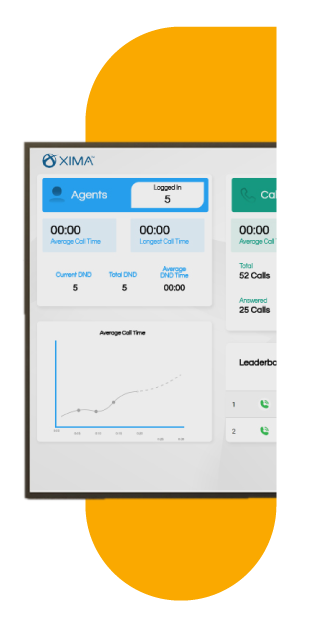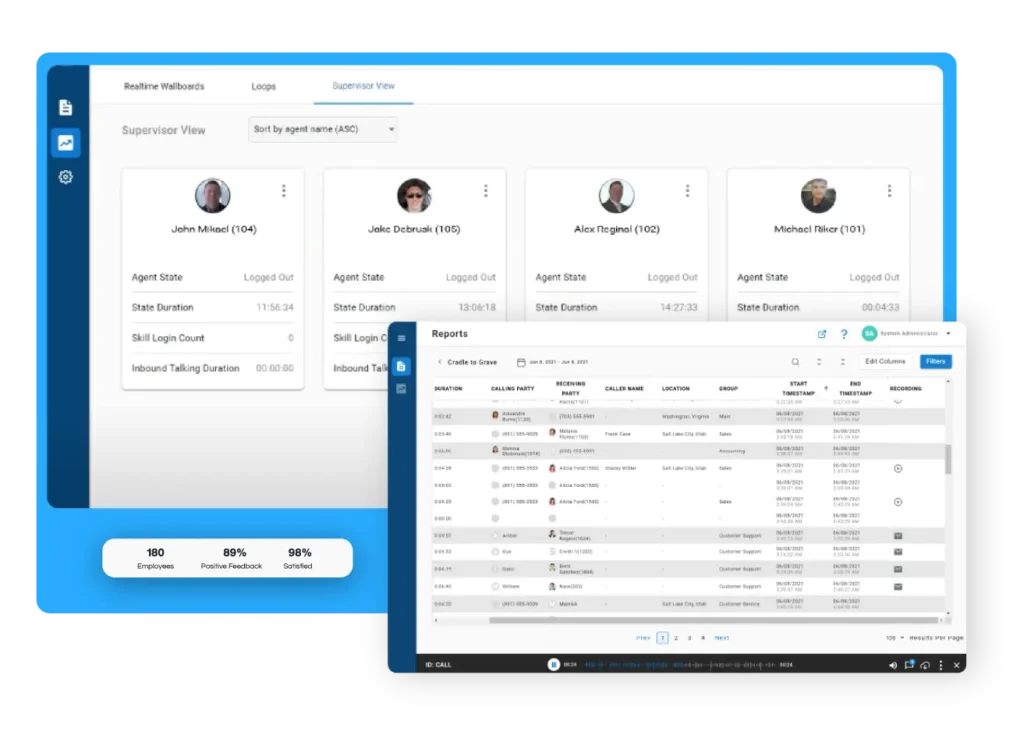Navigating the Complexities of Financial Services CX
Contact centers serve as the front lines of member and customer interaction. They are tasked not only with addressing customer concerns but also with enhancing customer experiences in an industry that heavily relies on trust and relationship-building.






